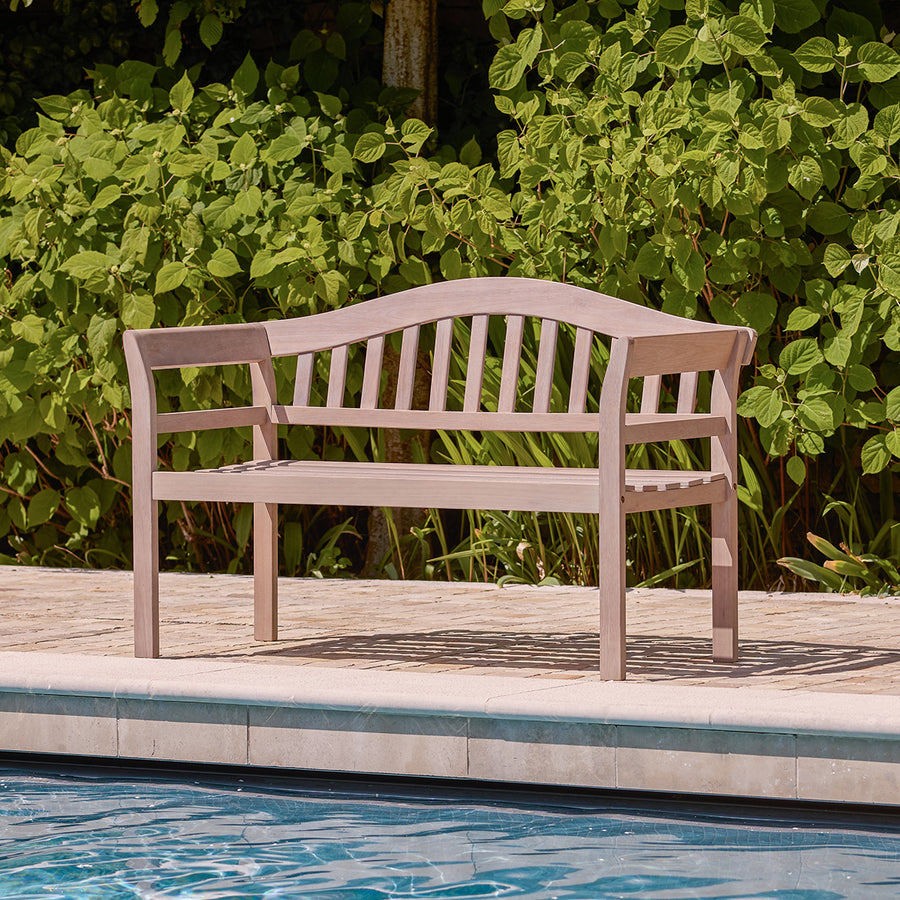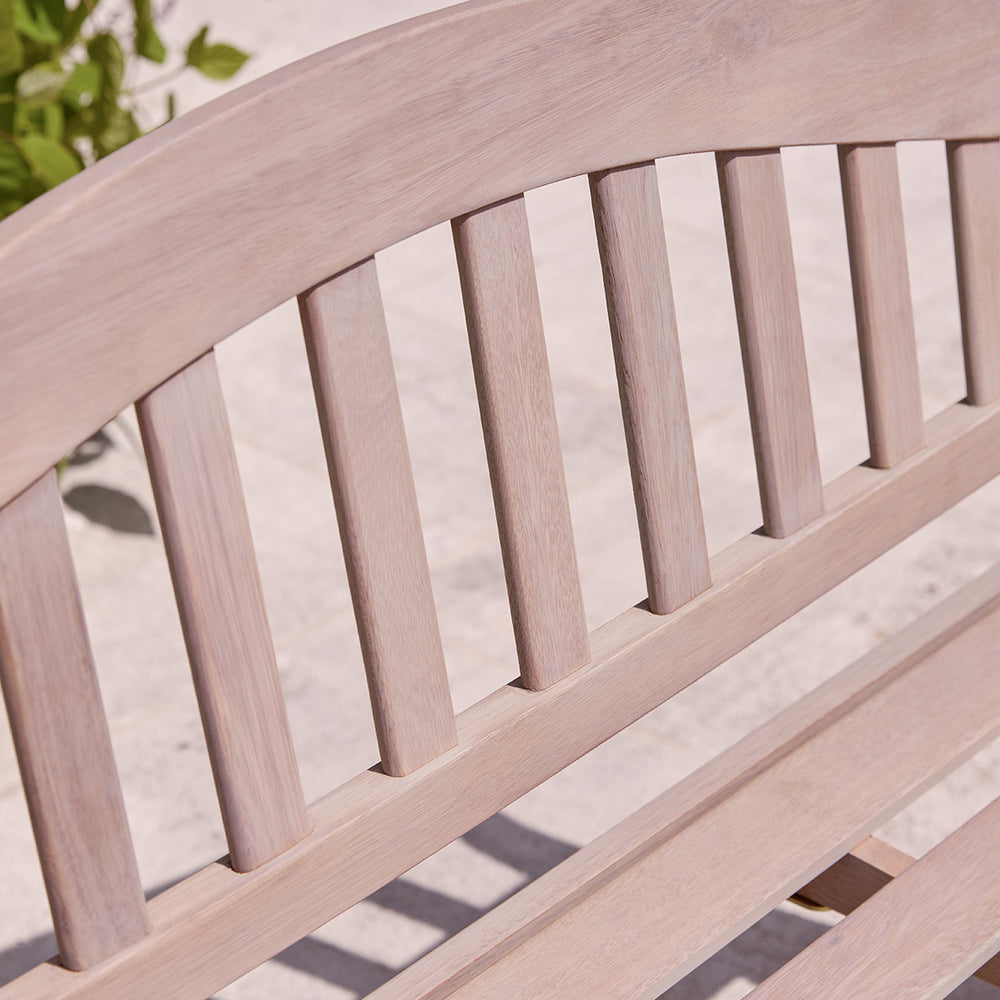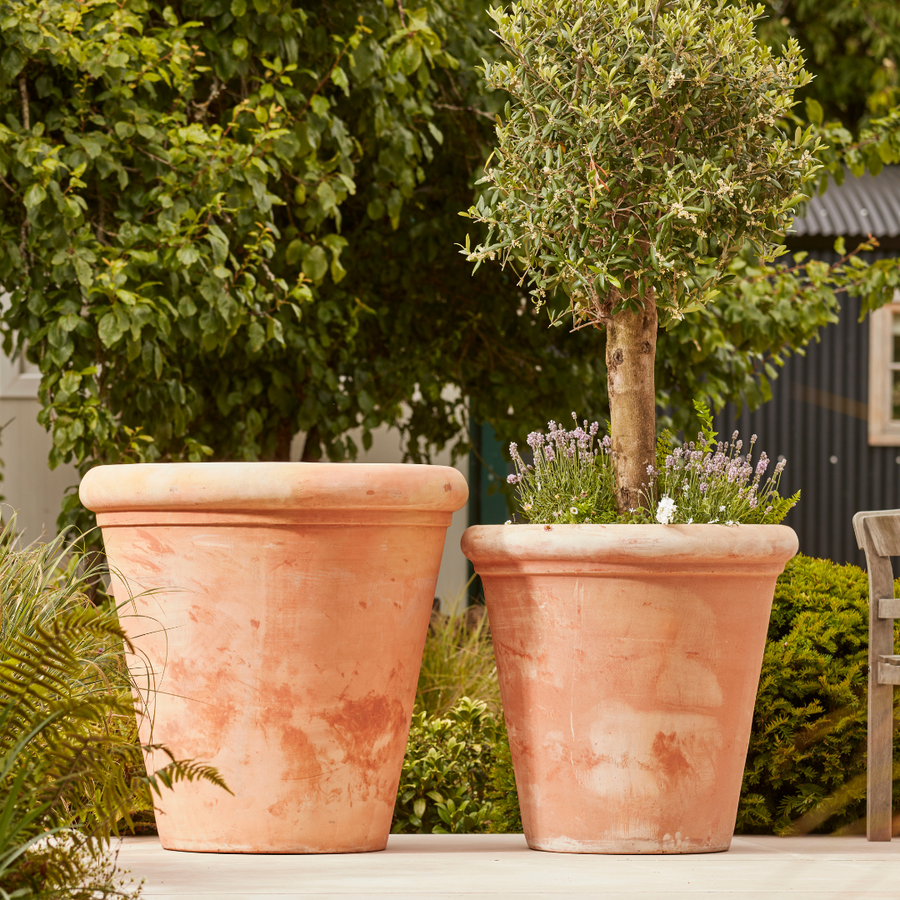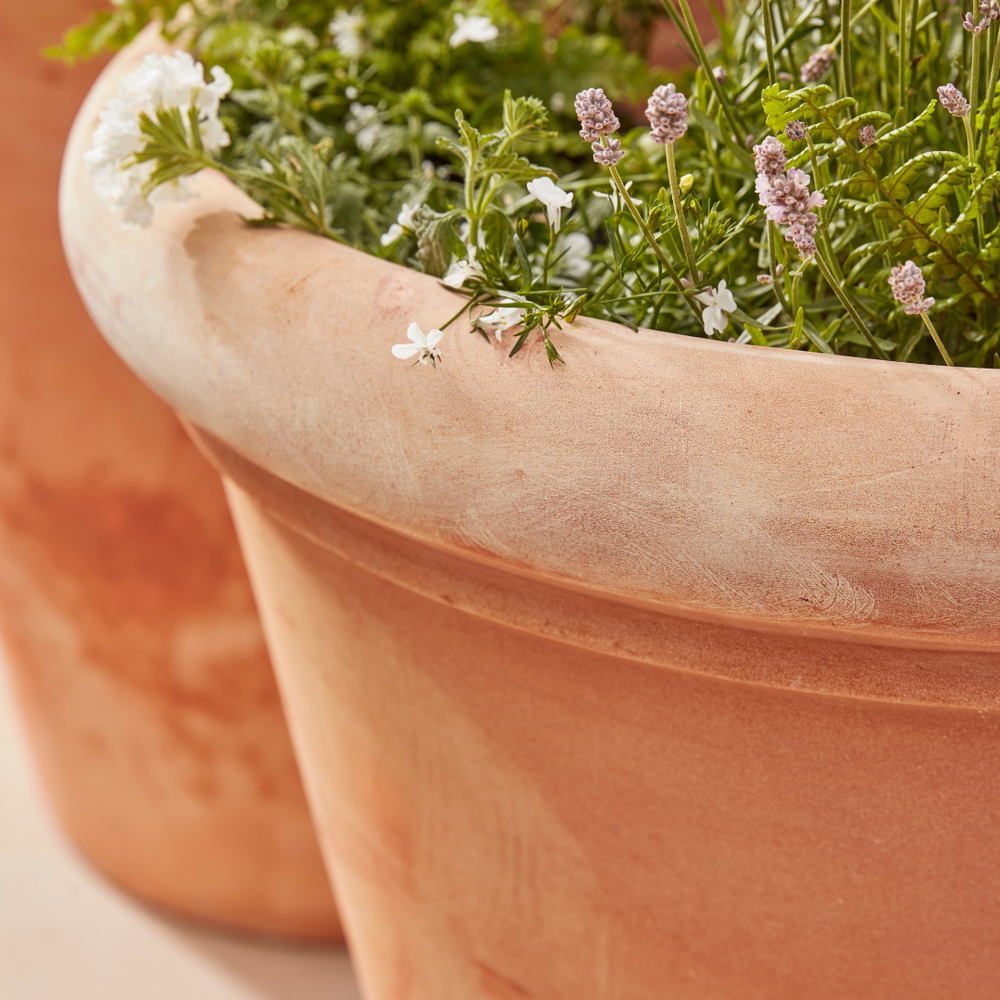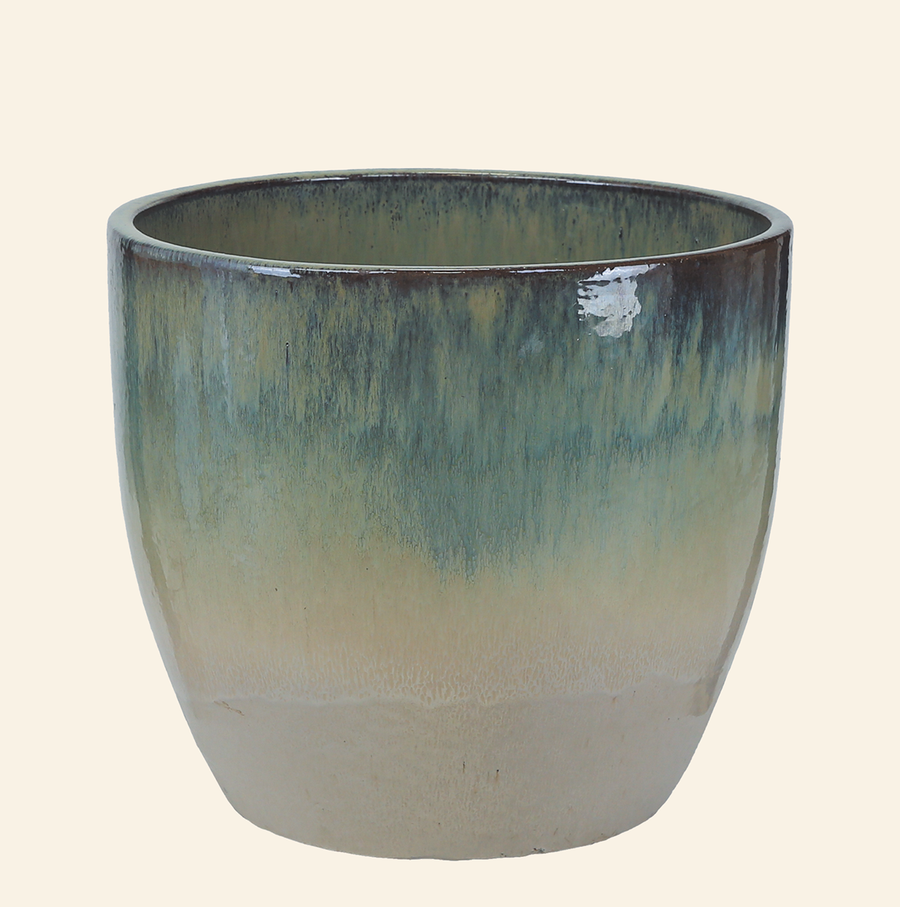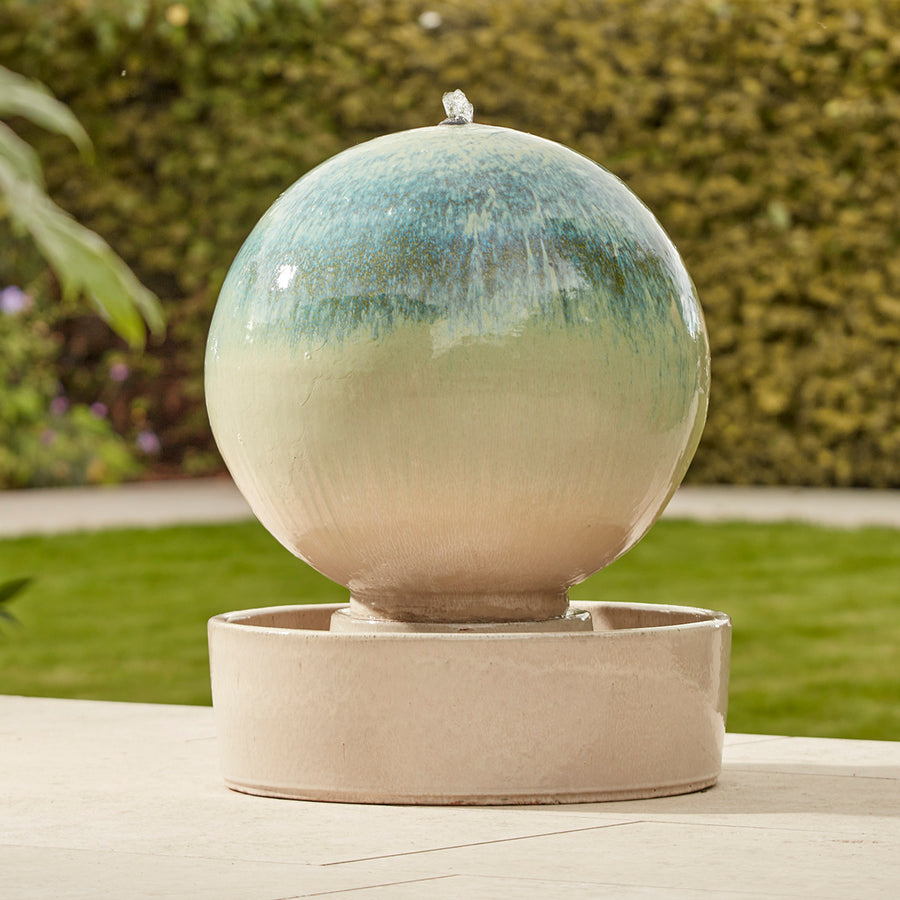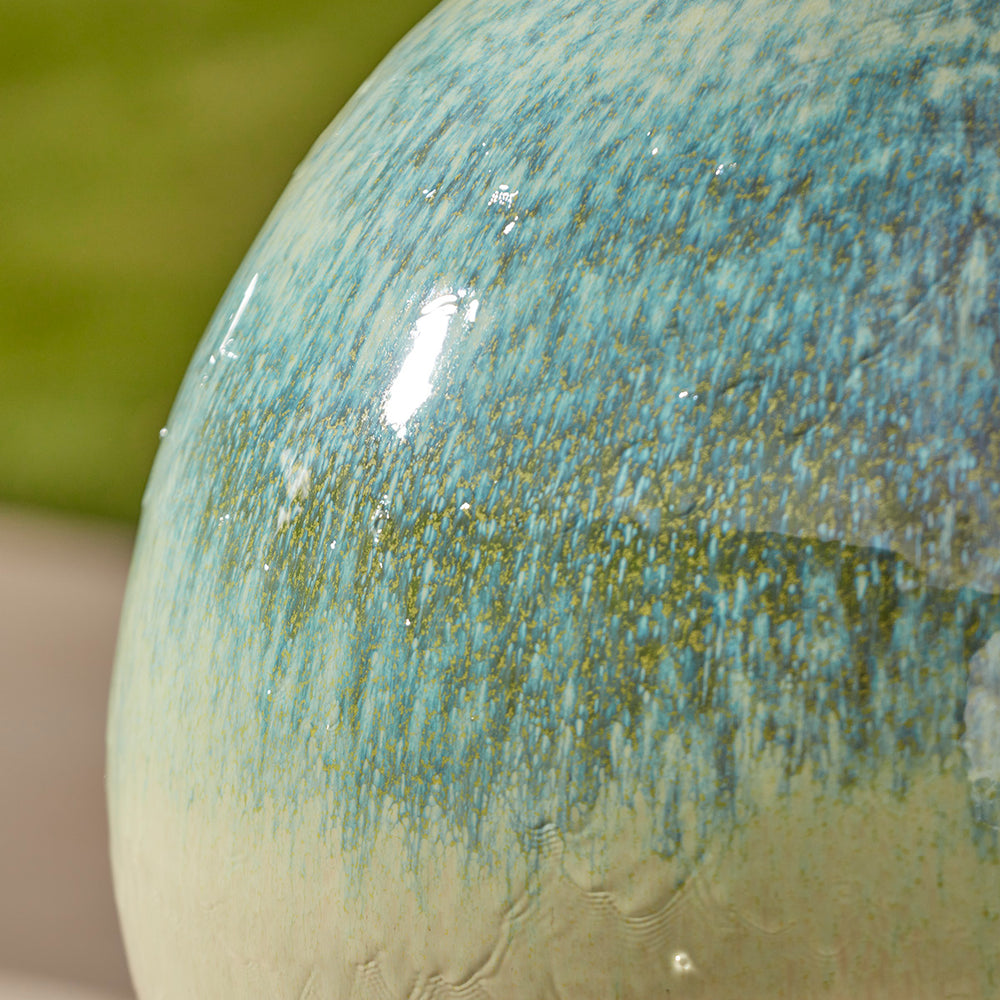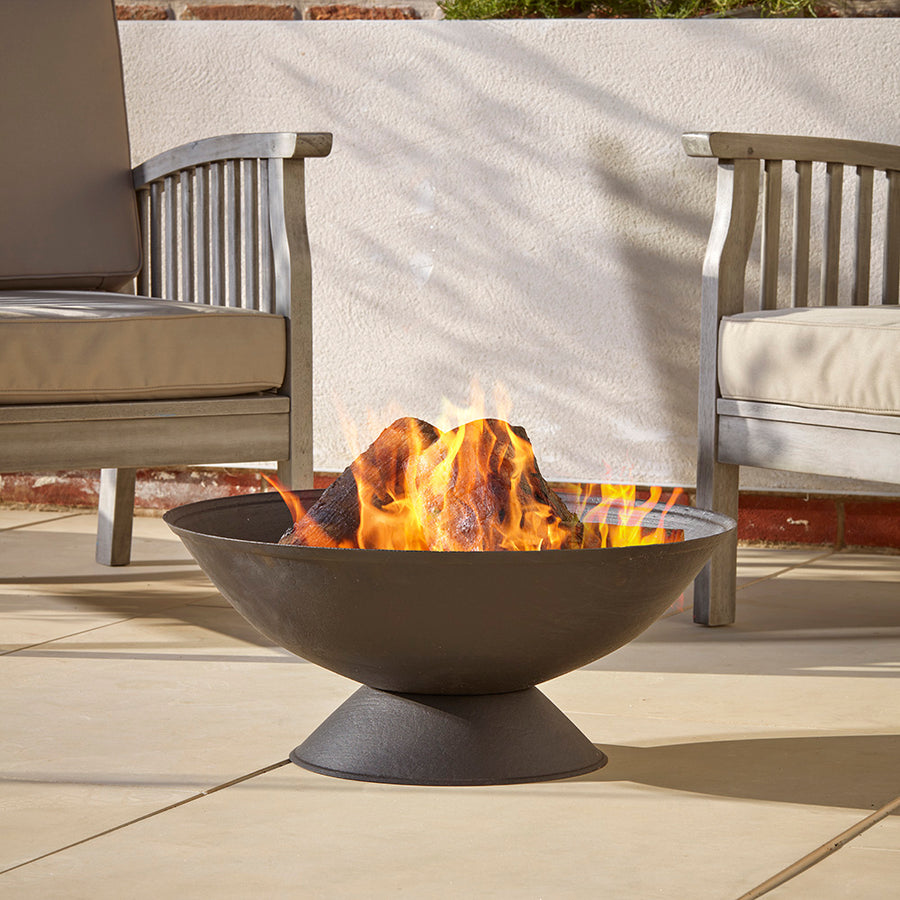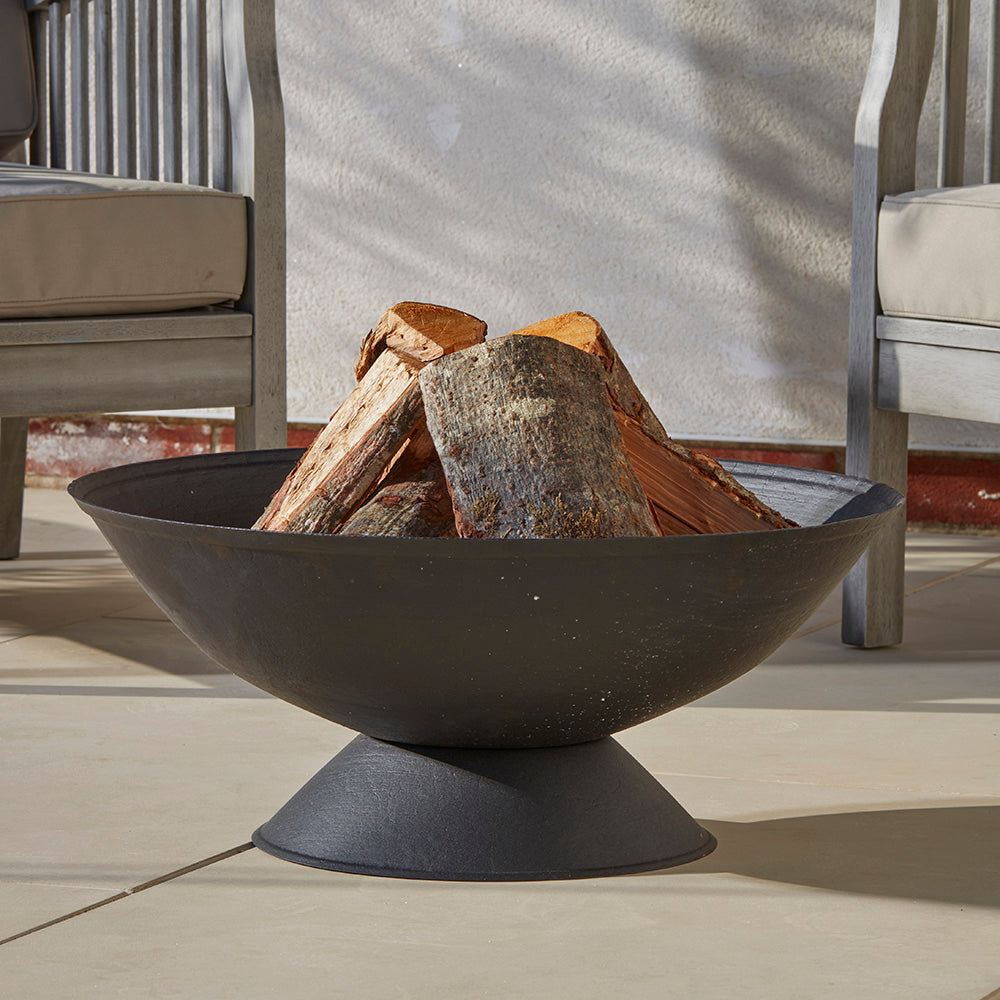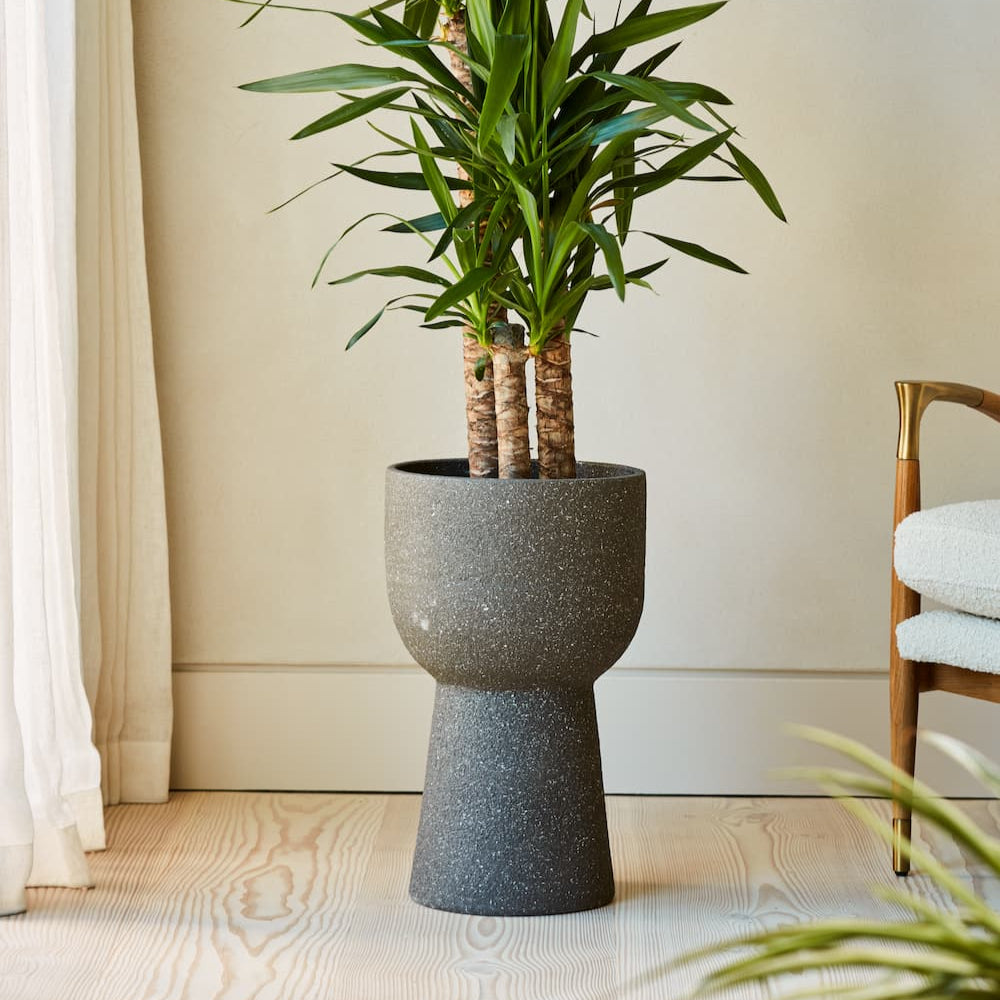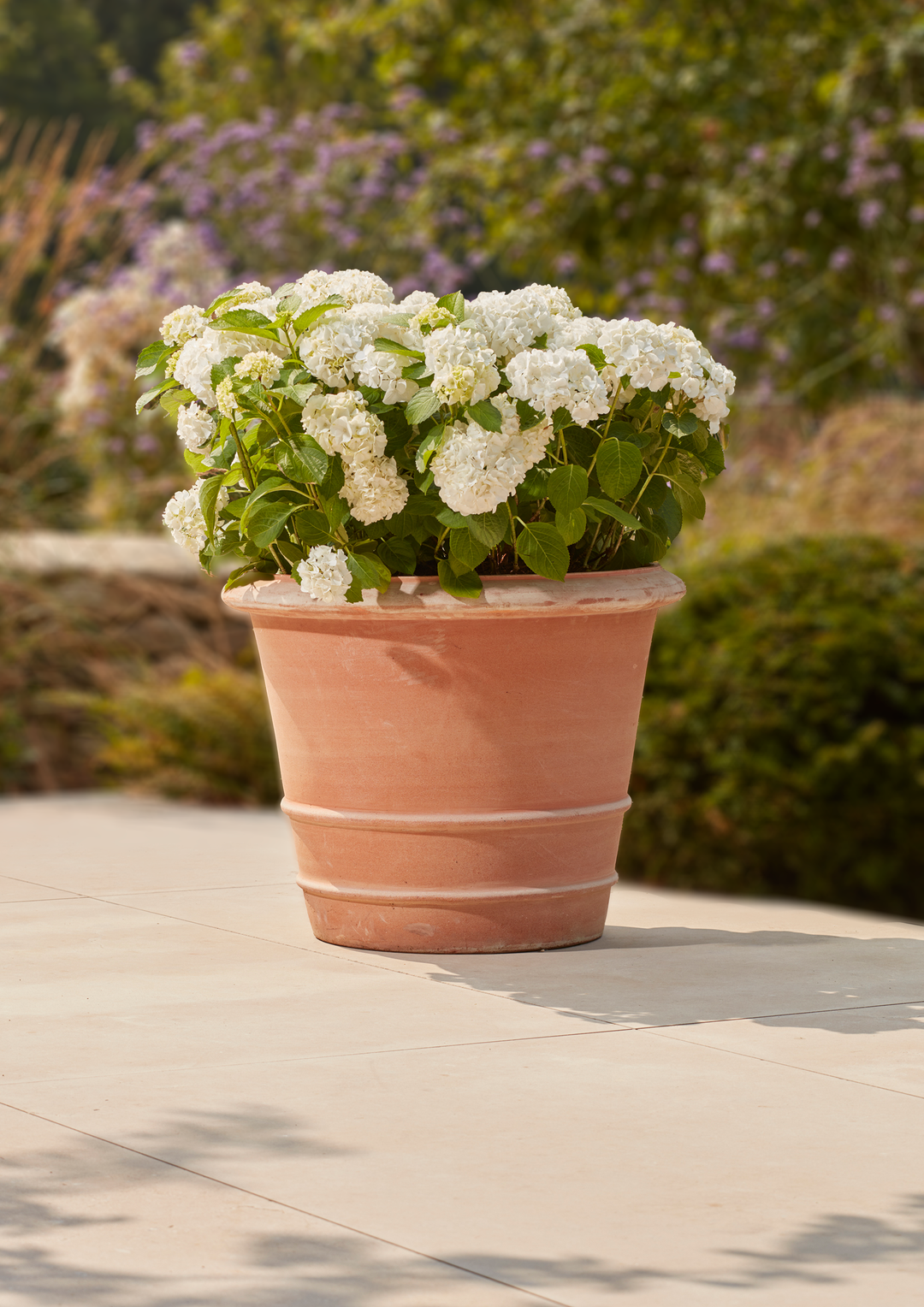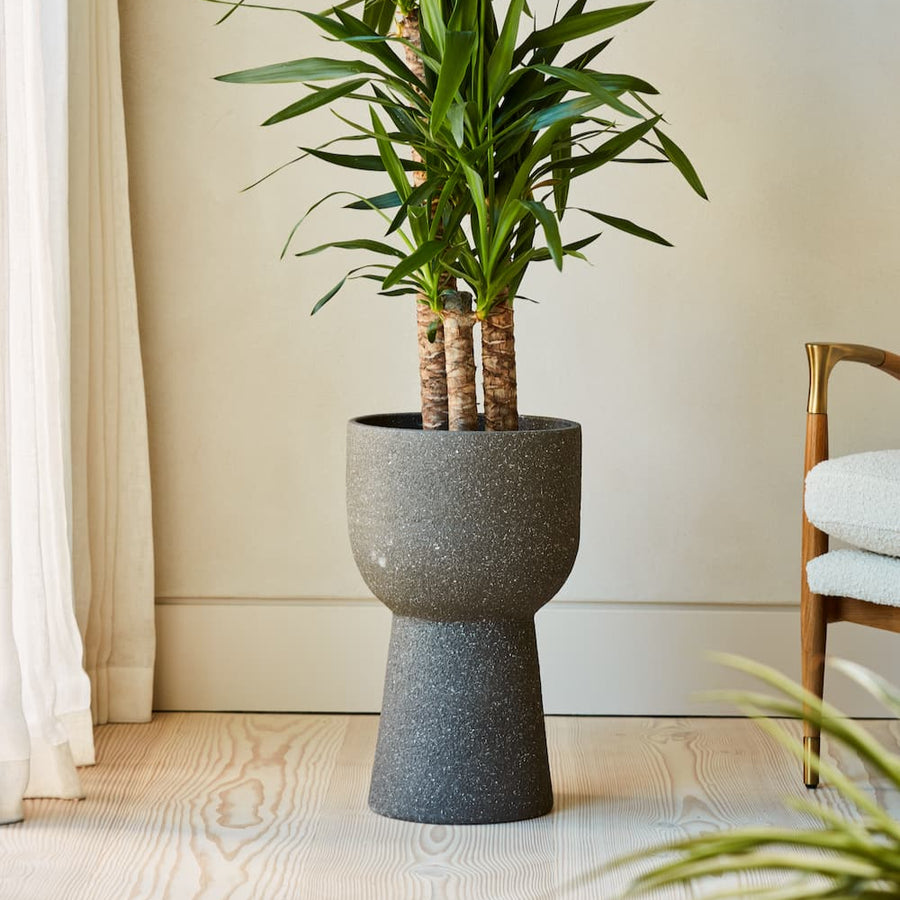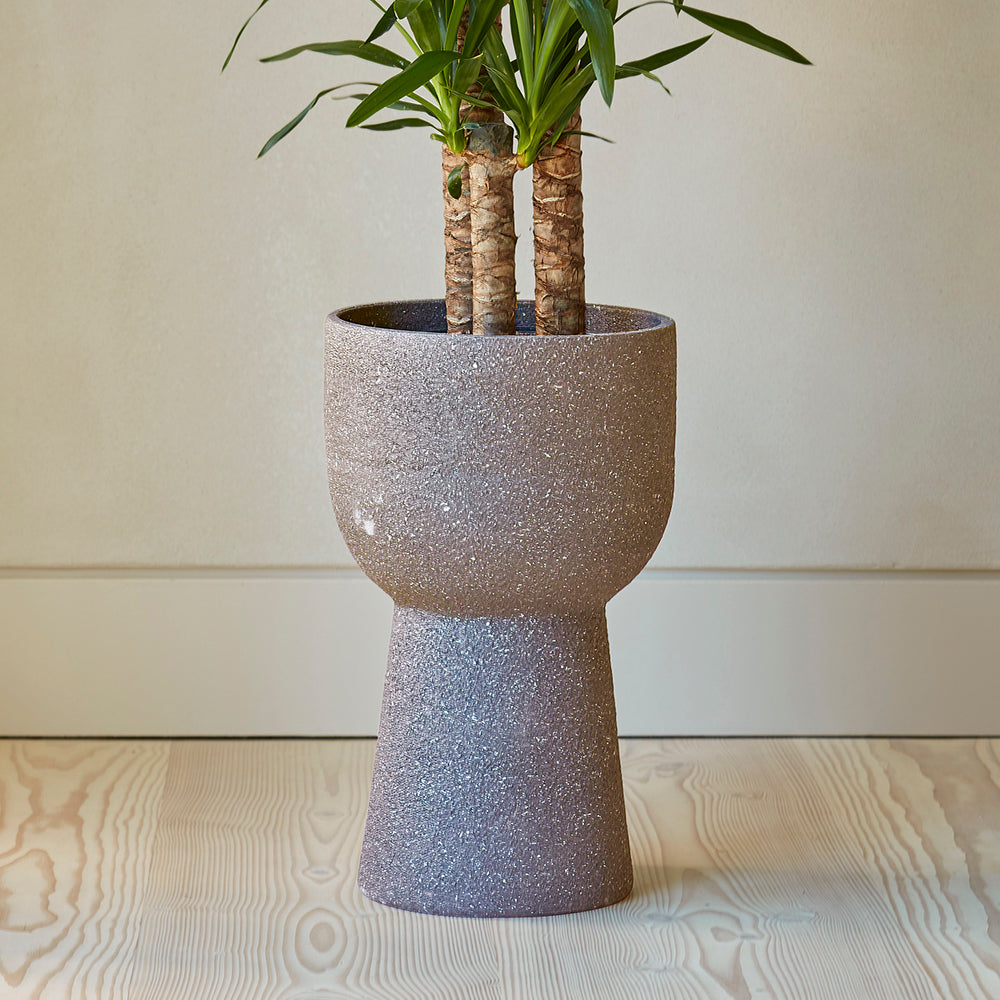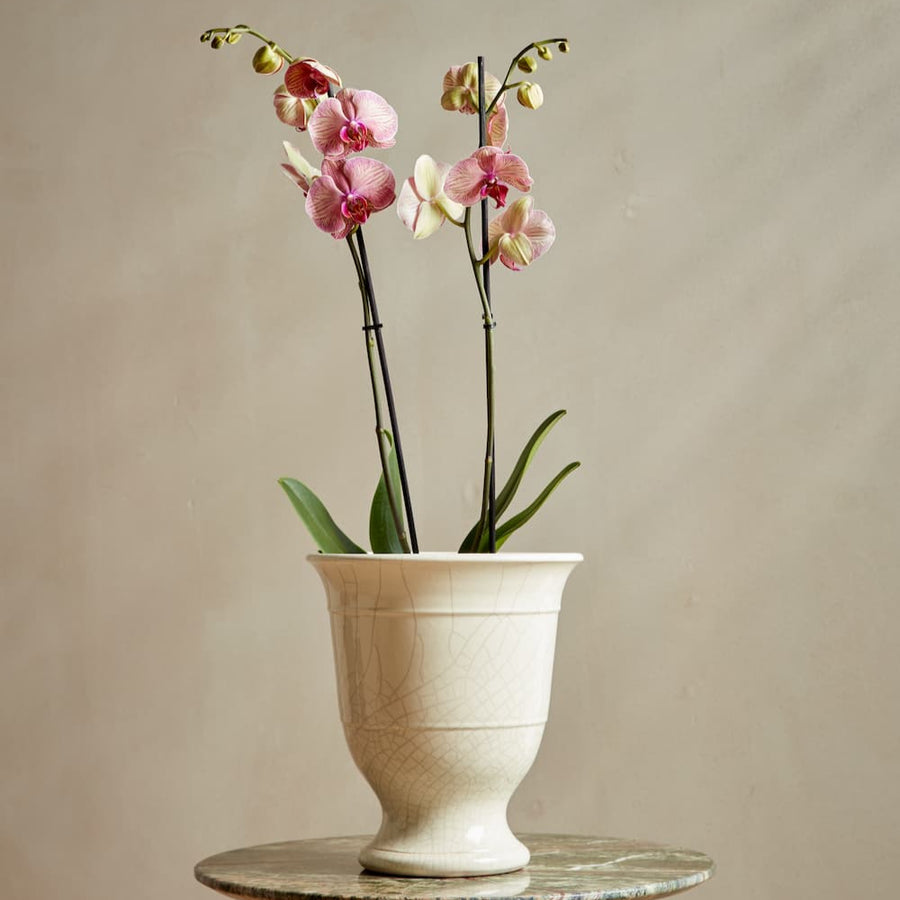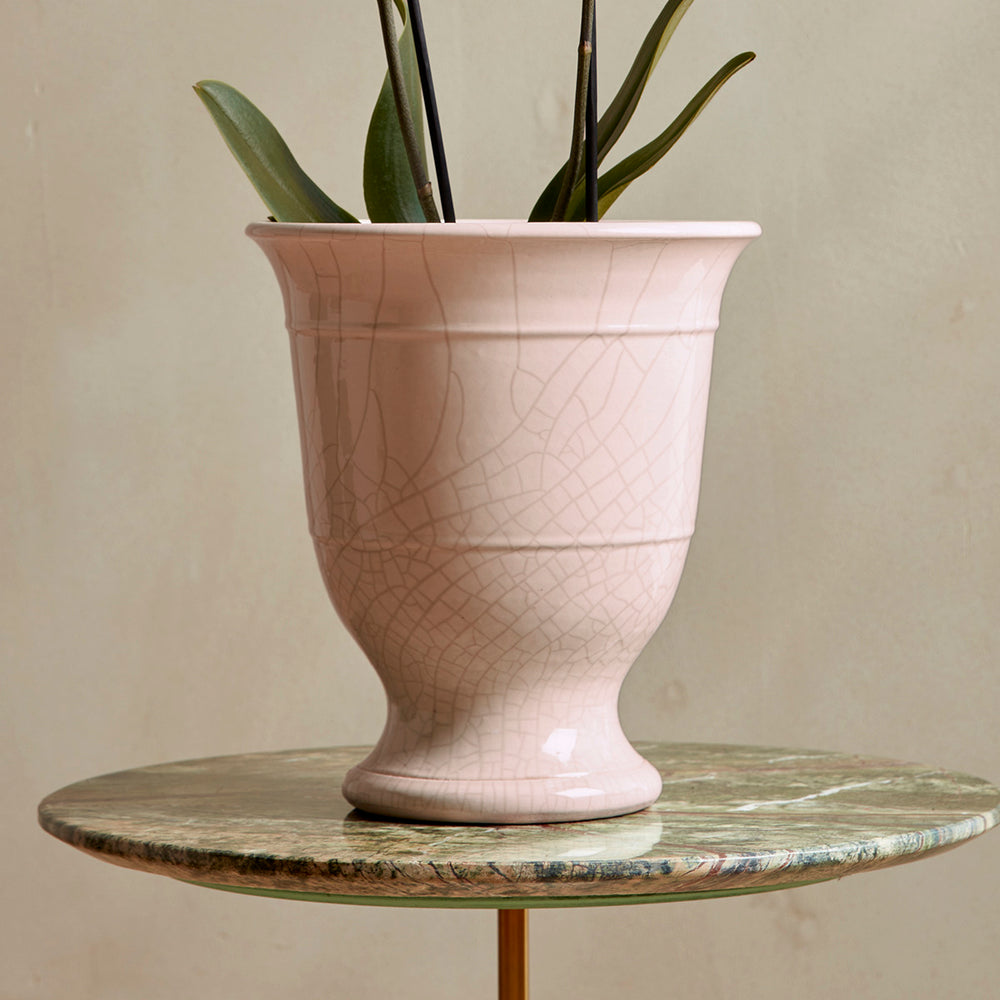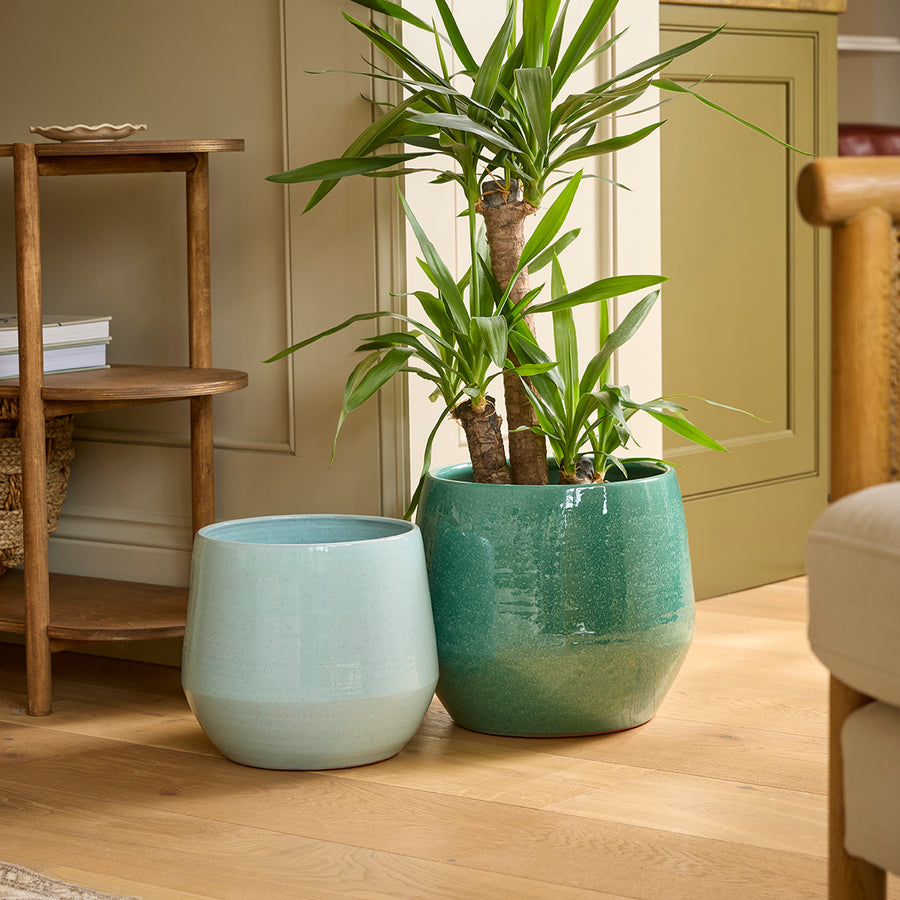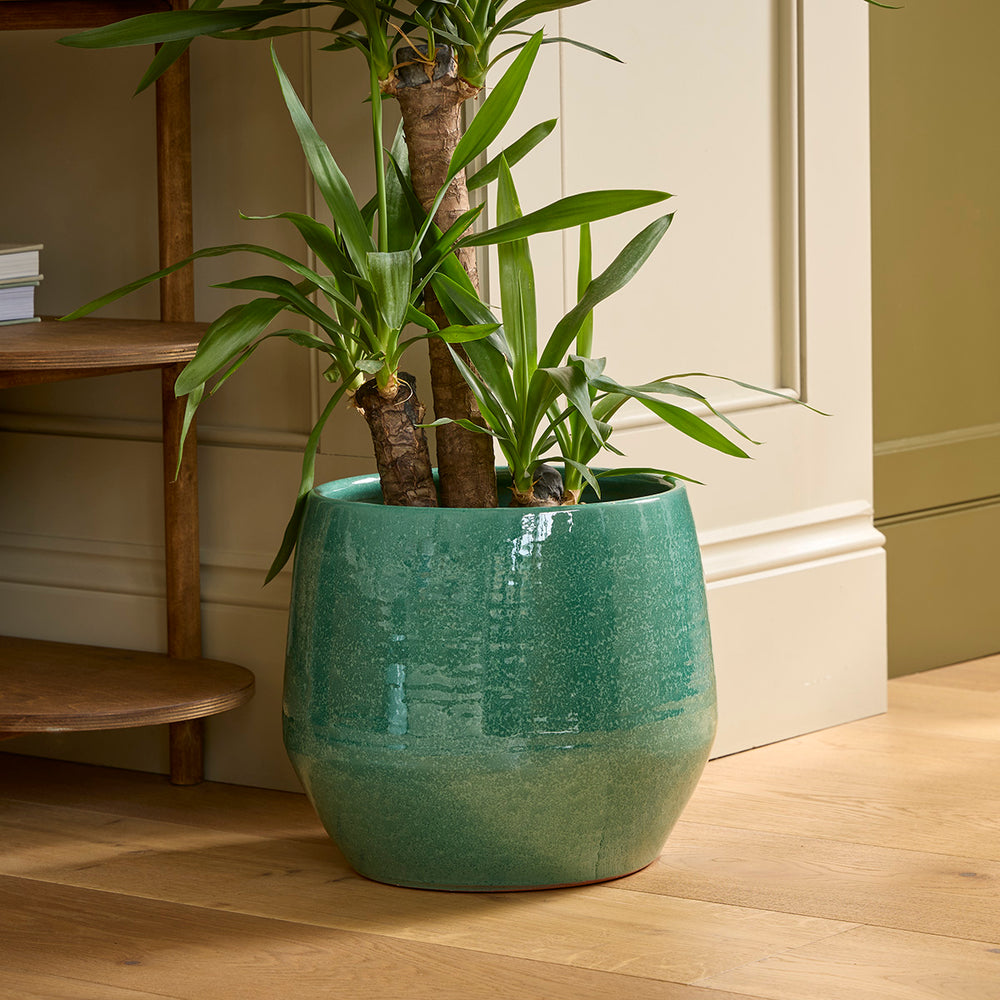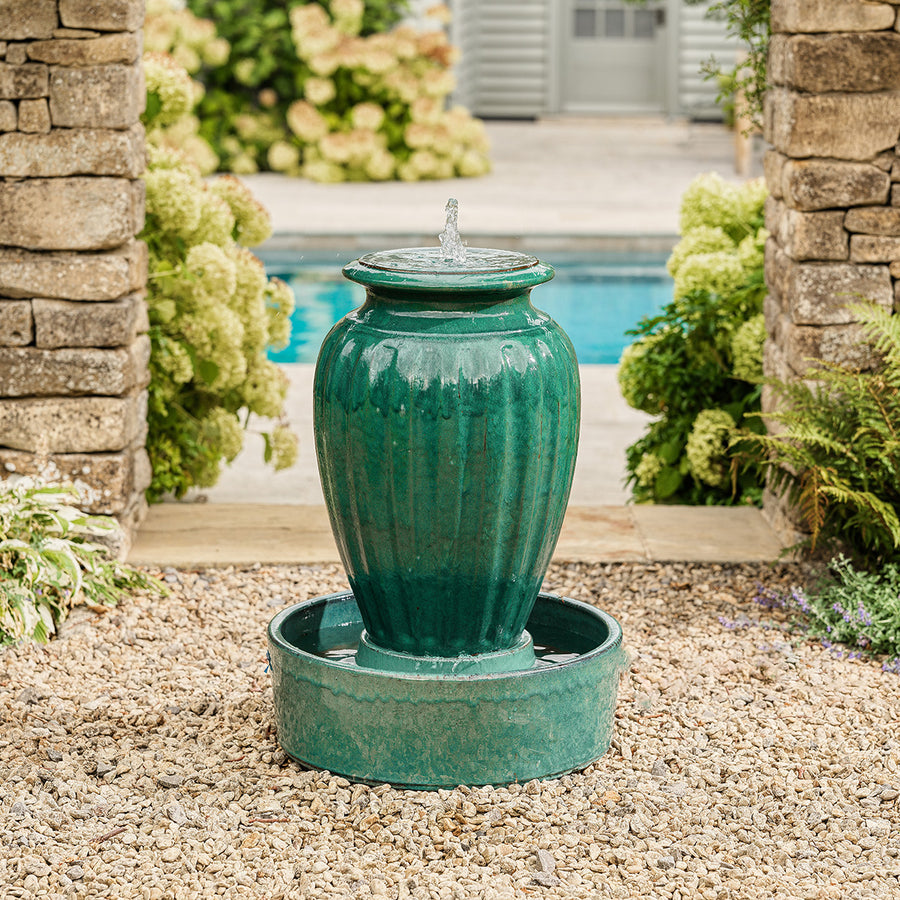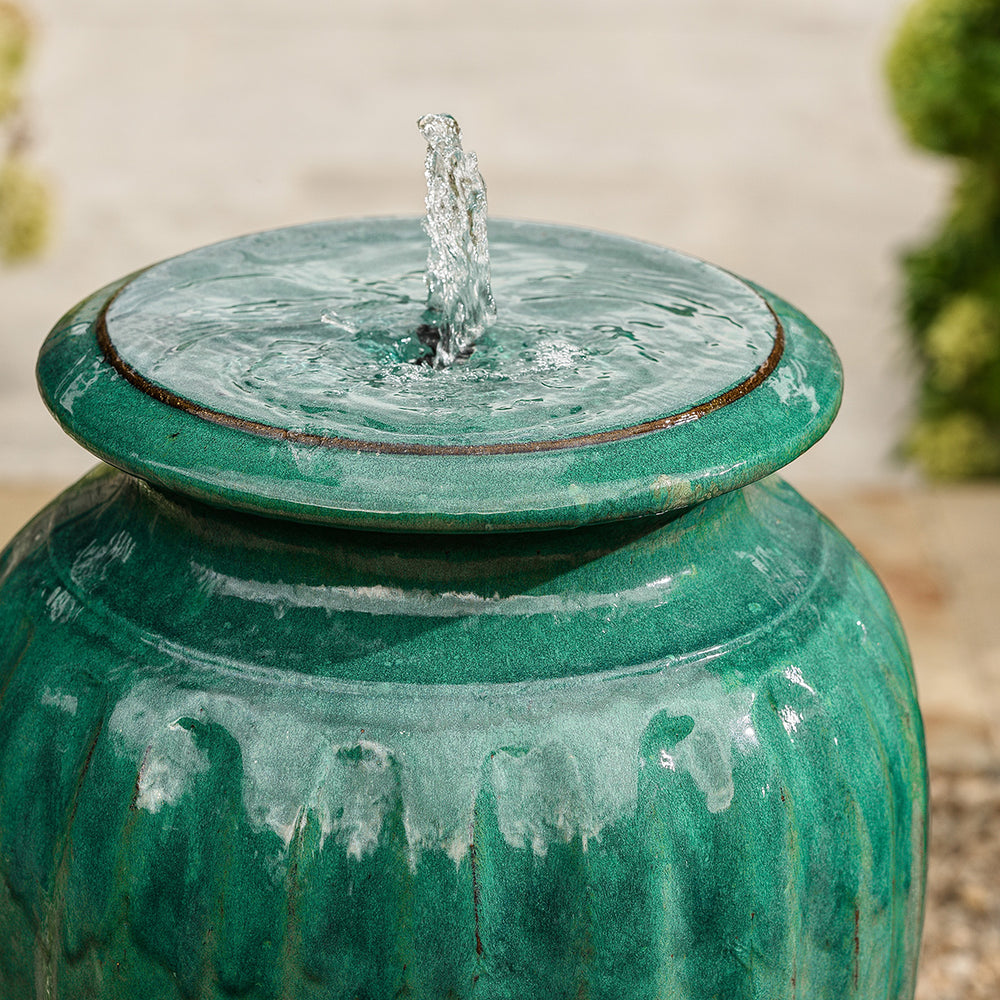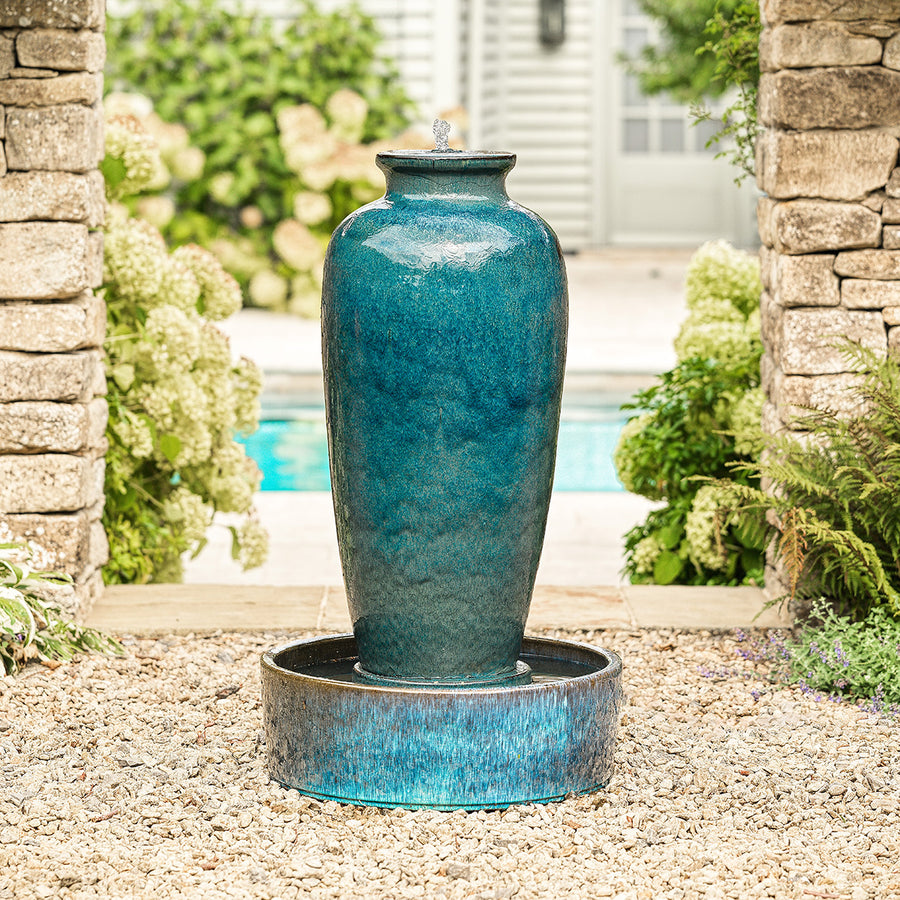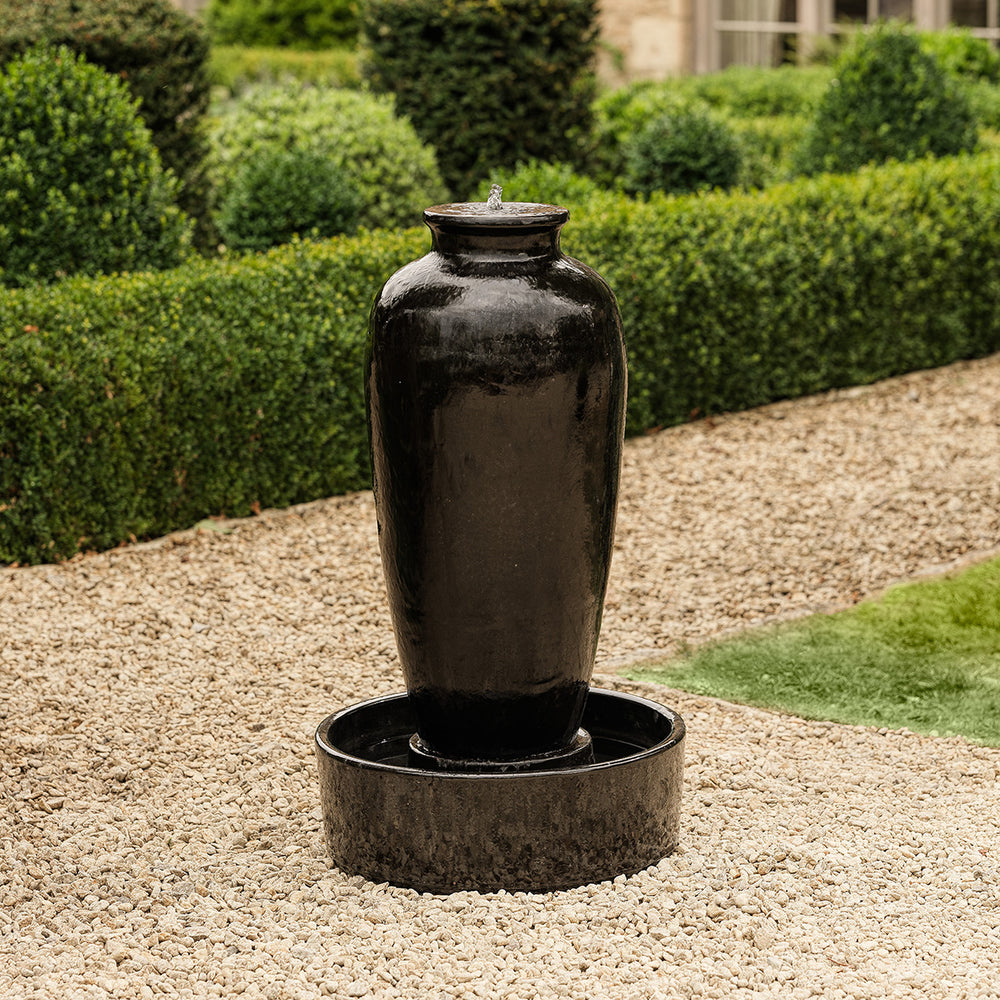A Beginners Gardening Journey – know your garden soil
If you are looking to start a garden, you will be looking into what flowers and vegetables to grow, what colour and design do you want to implement in your outdoor space, and which garden furniture to choose. However, garden soil is the life blood of your garden and lays the groundwork for healthy plant growth. The type and quality of the soil you have determines which plants you can grow and what you need to do to help them succeed.
We’ve compiled a guide to help you understand the main different soil types and what type is best for which plants.
Clay
Clay soil is exactly how it sounds: either wet or sticky during rainfall then becoming cracked and dry during the hotter weather. Clay holds water for long periods of time and can be very fertile. However, it can also be quite hard making it difficult for plant roots to establish and compacts easily, reducing the amount of oxygen and causing puddling on the surface.
The simplest way to improve clay soil is to incorporate bulky organic matter such as compost or farmyard manure, as well as some sand and grit. This will improve soil fertility, aeration, drainage and moisture retention.
Plants for clay soil: Anemone, Choisya, Campanula, Cornus, Cotoneaster, Forsythia, Geranium, Hosta, Jasmine, Lobelia, Mahonia, Roses, Viburnum, Vinca.

Sandy
Sandy soil tends to feel dry and gritty and is prone to wind and water erosion. It is the lightest of soils and has poor water retention, poor structure and high permeability. Water runs right through sandy soil, making the growing conditions rather dry for planting. However, the loose texture makes it easy to work with, allowing plants to establish their roots.
To improve sandy soil, adding compost or coir is a good way improving moisture retention and the nutritional benefits.
Plants for sandy soil: Achillea, Buddleia, Callistemon, Dianthus, Euphorbia, Hebe, Helianthus, Lavender, Lupin, Poppies, Rosemary, Salvia, Sedum, Thyme.
Silt
Silty soil is very fertile so plant thrive in it. It holds more nutrients than sandy soil, retains moisture, has a silky texture and drains well. It has a smooth dark texture, resembles dark sand and contains a healthy balance of clay and sand, making it the ideal for most plants.
Waterlogging is one of silty soil’s biggest disadvantages but this can be avoided by not overwatering and aerating when needed.
Plants for silty soil: Alliums, Berberis, Birch, Cornus, Cotinus, Cypress, Ferns, Hellebore, Magnolia, Snowdrops, Willow

Chalk
Chalky soil is stony and lumpy with a high alkalinity and pH due to the amount of lime and calcium carbonate. It often can be very thin making it susceptible to excessive drying out during the summer months, lacking trace elements such as iron and manganese causing poor growth and yellowing of leaves and plants. Alkaline soils or those where clay is also present can be more moisture retentive.
To improve, add organic matter annually or more as it will decompose quicker in a chalky soil.
Plants for chalk soil: Aquilegia, Aster, Clematis, Fritillaria, Heuchera, Lilac, Ligustrum, Peony, Rudbeckia. Wallflowers, Viola
Loam
Considered to be the perfect soil for plants, loam soil is a combination of sand, silt and clay. Loamy soils are mostly easy to dig over very fertile and full of organic matter, they drain well, retain moisture and hold a lot of nutrients.
The disadvantages of loam are very few so plants will thrive.
Plants for loam soil: Anemone, Astilbe, Crocosmia, Dicentra, Honeysuckle, Magnolia, Rhododendron, Wisteria, as well as bedding plants.

How to check what soil type you have
A really simple way of finding out what soil you have is to roll it in your hands to form a ball.
Chalk: Small pieces of white chalk and flint in the soil are visible.
Clay: Easily form into a ball.
Sand: The ball will fall apart while you are attempting to form it.
Silt: Has slippery texture, and will not clump easily in a ball.
Loam Soil: This will be somewhere in between a clay and sand ball.
Alkaline soil: Adding vinegar will make the soil fizz due to the calcium carbonate.
Another option is to use a soil testing kit to give an idea of the soil pH. Acid soils have a pH of less than 6.0, alkaline ones are higher than 7.0, while soils with a pH of 6.0-7.0 are about right, or neutral.
Understanding your soil will result in better growth and hope our beginners guide will help you create the garden you have always dreamed of.
Want more articles that will educate, inspire, and empower you in the garden?
-
A Beginners Gardening Journey –Benefits Of Handmade Terracotta Plant Pots
-
A Beginners Gardening Journey – Guide To Pests And Natural Pest Control
-
A Beginners Gardening Journey –The Five Most Searched For Gardening Questions On Google
-
A Beginners Gardening Journey – Gardening Terminology Demystified
-
A Beginners Gardening Journey - Top 5 Gardening Projects For New Gardeners


